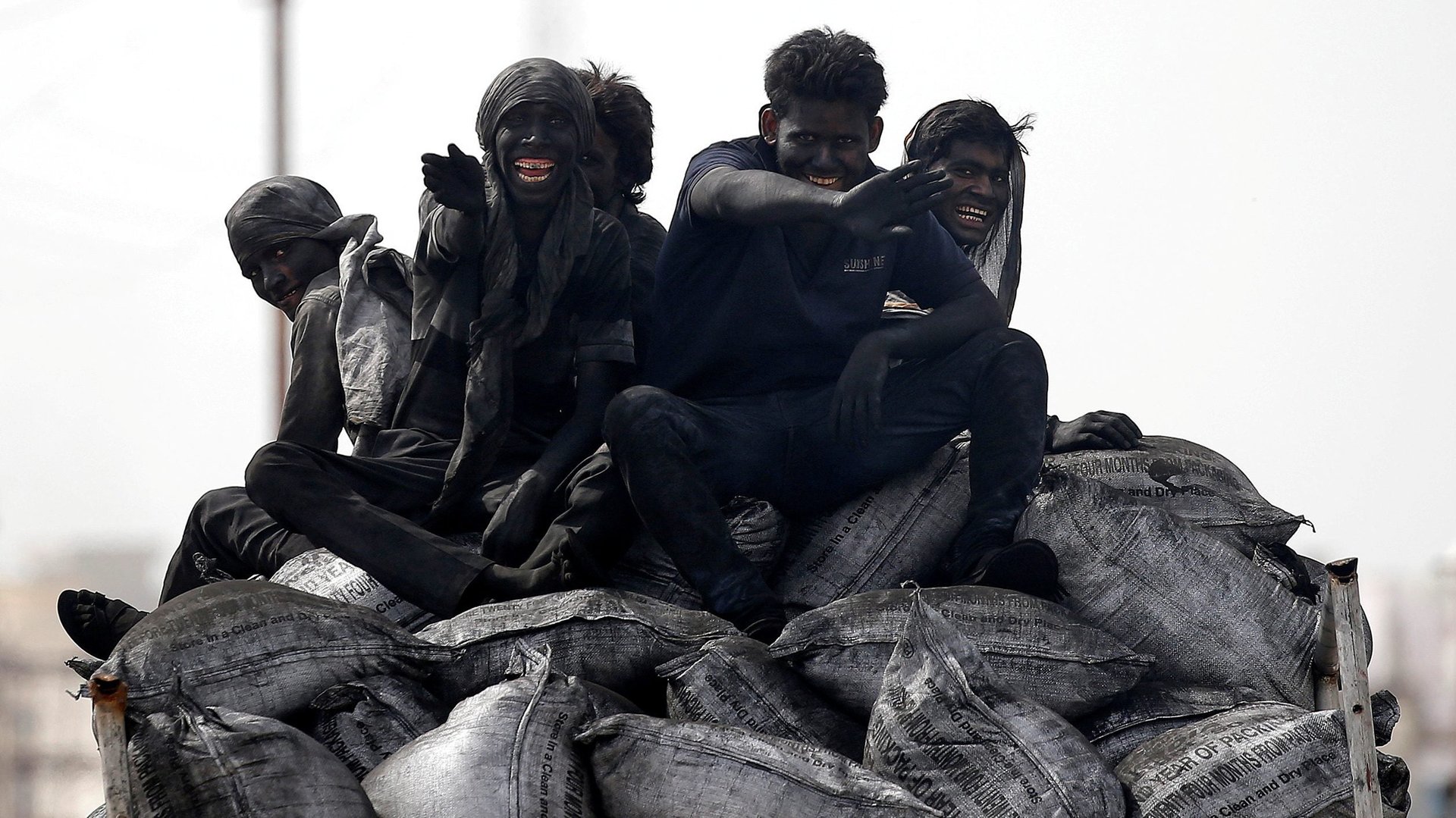India is also staring at an energy crisis
After China resorted to power rationing last month, Indian authorities may have to adopt similar limits if dwindling coal stores at power plants trigger a power crisis here in the coming months.


After China resorted to power rationing last month, Indian authorities may have to adopt similar limits if dwindling coal stores at power plants trigger a power crisis here in the coming months.
Coal-fired power plants had stockpiles of coal for an average of four days as on Oct. 4, far short of federal guidelines recommending supplies of at least two weeks, according to the latest data by the Central Electricity Authority. Out of 108 plants, 16 power stations have reported fuel outages and 45 have stock for just a couple of days.
Coal-fueled electricity accounts for 53% of India’s installed power generation capacity but generates 70% of the output. The country’s power sector is the largest consumer of fossil fuel and state-run Coal India its biggest miner.
What led to the coal squeeze in India?
India’s budding power crisis shares some similarities with China’s shortage, which saw increased demand from factories bump into supply constraints caused by high coal pricing. In India, too, analysts say that the demand for electricity revived due to a significant improvement in the manufacturing sector after a surge in Covid-19 earlier this year.
“After Covid, nobody had expected the economy will take such a quick U-turn. People had expected it will take 2-3 years for the economy to revive to the pre-pandemic level,” Vasudev Pamnani, senior trader at a coal marketing company Iman Resources said.
Higher global prices of coal and rates in domestic freight pushed utilities that are dependent on imported coal to delay purchases from abroad. This resulted in increased reliance on domestic stocks, running them down. Heavy rains in September, too hampered the mining of the fossil fuel in the country.
S&P Global Platts Analytics expects India will require 167 GW of power from October to December, with 126 GW of this coming from coal—about 10% higher year on year.
“The supply crunch is expected to persist, with the non-power sector facing the heat as imports remain the only option to meet demand but at rising costs,” rating agency CRISIL said in a report. “Coal inventory at (Indian) thermal plants will improve only gradually by next March.”
CRISIL also added that Asian coal prices are expected to continue rising.
As of Oct. 3, the price of benchmark Indonesian thermal coal rose close to $120 a metric ton, from around $45 a metric ton at the beginning of this year.
India has been importing significant amounts of coal from Indonesia and Australia.
Will India see widespread power outages?
There have not been any large-scale power outages in India yet. Shortages have so far been mostly restricted to northern states such as Uttar Pradesh, Jammu & Kashmir, and Ladakh, data by grid regulator Power System Operation Corporation (pdf) showed.
“I think, the power rationing has already started informally,” Pamnani said. “Areas that depend on imported coal power generation plants will have to face power outages, and it is evident if you see (that) Tata Power, Adani Power, JSW and other such power stations are cutting down production.”
The aluminum industry appears to have faced some of this informal rationing, with an industry body writing to Coal India to ask it to ensure aluminum producers of coal supplies.
Indian states with vast reserves of coal and home to India’s commercial coal-mining industry—Madhya Pradesh, certain parts of Maharashtra, Jharkhand, Chhattisgarh, and West Bengal—may not face a power squeeze, according to Pamnani.
As India heads out of summer and into winter, residential electricity demand reduces unlike in China, where bitterly cold winters fuel demand for power.
Analysts believe that the next six months are particularly crucial for India’s power industry, and developments on the domestic production front, alongside pricing by the government, will be closely monitored.